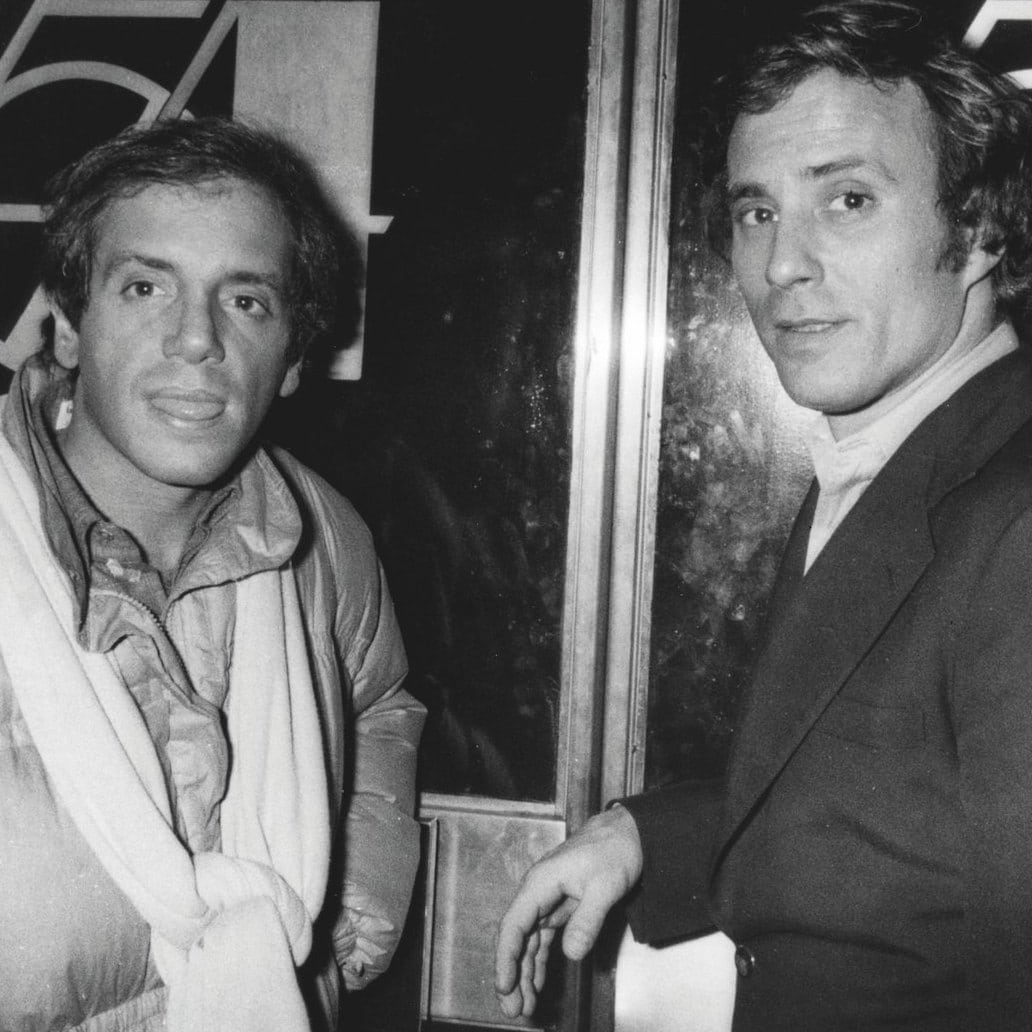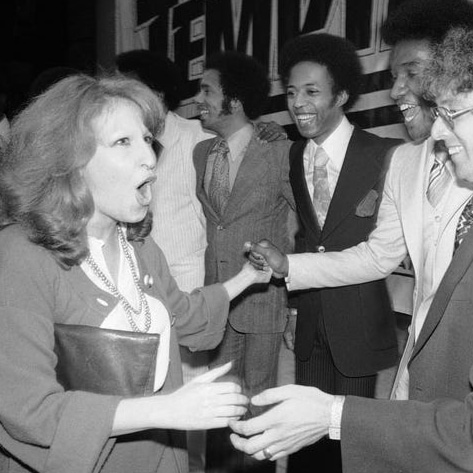
In the late 1970s, against the pulsating backdrop of disco music and the neon lights of New York City, Studio 54 emerged as the undisputed epicenter of nightlife where hedonism and glamour danced hand in hand. Co-founded by Steve Rubell and Ian Schrager, Studio 54 was not just a nightclub but a cultural phenomenon that encapsulated the spirit of an era characterized by excess, liberation, and an unapologetic celebration of life.

The Birth of Studio 54
Established in 1977, Studio 54 was strategically located at 254 West 54th Street. Its unassuming exterior masked the extravagant spectacle that awaited within its doors. From the onset, Rubell and Schrager set out to create a sanctuary that transcended traditional nightclub experiences. The interior boasted a dramatic contrast, with a stark, industrial facade giving way to opulent decor, glimmering chandeliers, and a dance floor that beckoned patrons to lose themselves in the rhythm of the night.
A Celestial Haven for the Stars
Studio 54 quickly became the playground for the rich, famous, and creative. Celebrities such as Andy Warhol, Liza Minnelli, Mick Jagger, and Diana Ross graced its dance floor. The nightclub’s notorious door policy, enforced by the discerning doorman Marc Benecke, only added to its mystique, creating an exclusive aura that heightened its allure.

The 1978 Raid: A Night of Reckoning
However, the meteoric rise of Studio 54 was not immune to the forces that sought to temper its exuberance. On the night of December 14, 1978, the dazzling lights of Studio 54 were abruptly dimmed when federal agents executed a raid. Armed with a search warrant, authorities unveiled a less glamorous side of the nightclub—unlicensed alcohol, drugs, and various regulatory violations.
The consequences were swift and profound. Steve Rubell and Ian Schrager faced charges related to tax evasion, resulting in their convictions. The empire they had built began to crumble, and Studio 54 was forced to close its doors.
The Aftermath
After serving four years in prison, Rubell and Schrager shifted to the hotel business, mirroring Studio 54’s transformative model. Following the nightclub’s success blueprint, they purchased a rundown space on West 46th Street and Eighth Avenue, the Paramount. This move launched their company and revolutionized the hotel industry, making it as trendy as nightlife.
In 1989, amid a thriving career, Rubell passed away from complications of hepatitis and septic shock linked to AIDS. Despite keeping much of his personal life private, Rubell left a lasting impact. Meanwhile, Schrager excelled as a hotelier, managing properties like the Royalton, Mondrian, and Gramercy Park Hotels. Presently, he leads the stylish Public Hotels brand, solidifying his influence in the hospitality domain.

Legacy and Enduring Impact
Studio 54’s closure marked the end of an era, but its legacy endured. The nightclub symbolized a time when boundaries were pushed and societal norms were challenged. The extravagance and excesses of Studio 54 lingered in the collective memory, influencing subsequent generations and leaving an imprint on the evolution of popular culture.
In the years that followed, Studio 54 would be resurrected in various forms. The nightclub’s influence on fashion, music, and the concept of nightlife persisted, testifying to the enduring allure of the once-shiny disco palace.




